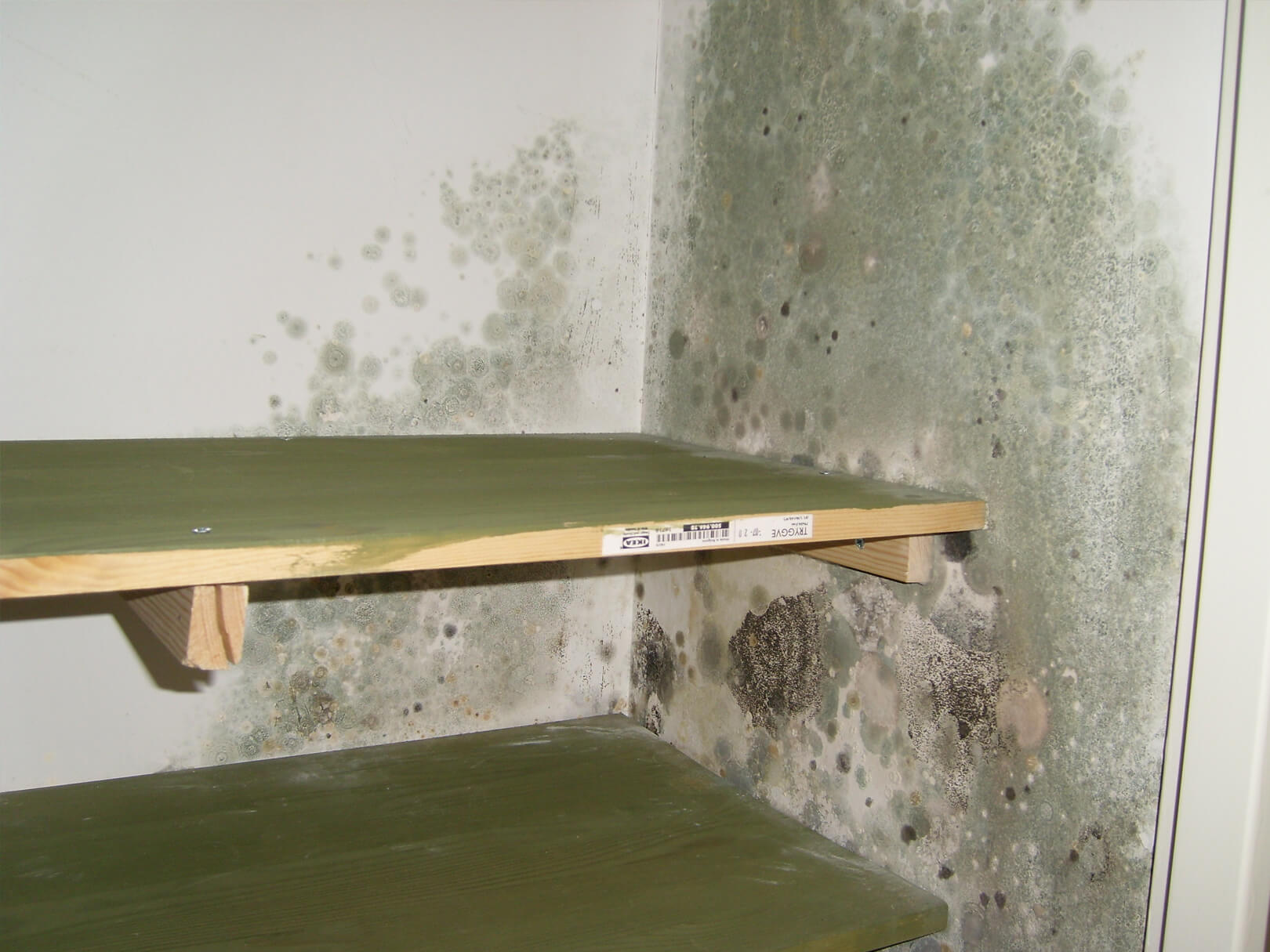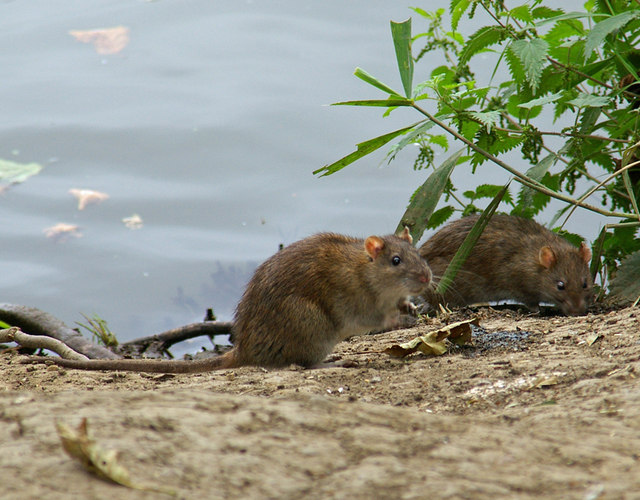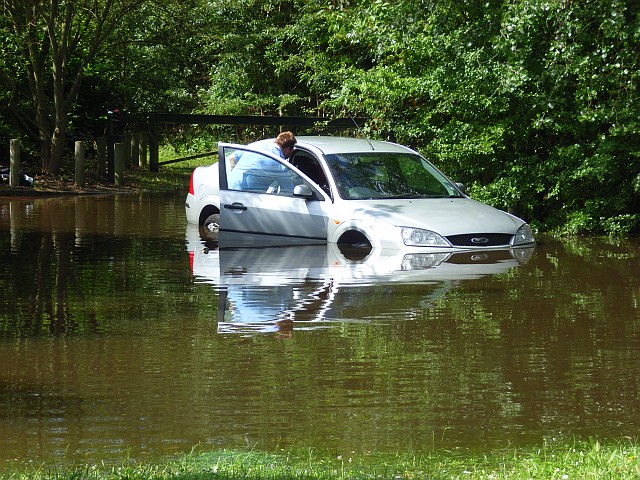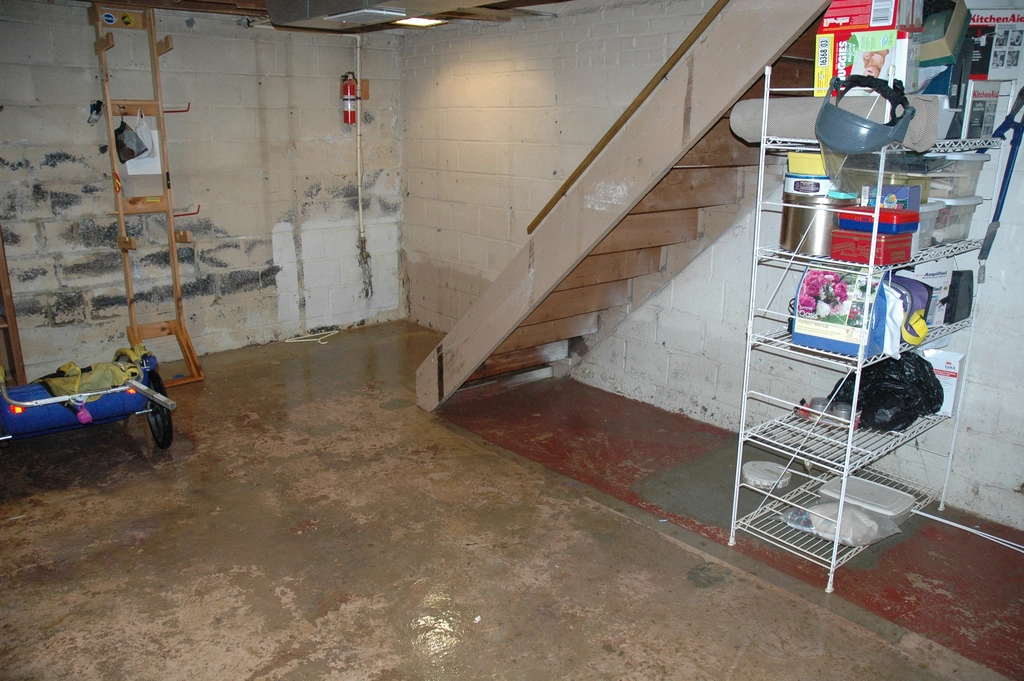It can be tempting to let kids play in floodwater, or to walk through it without giving it a second thought. But do you know the dangers lurking under the surface?
Just six inches of fast flowing water is enough to knock you off your feet and two feet is enough to carry most cars away. So while it may be tempting to walk or drive through floodwater, consider for a moment how you’d manage if you suddenly encountered an unexpected injury or trauma.
Uplifted debris, manhole covers and compromised road surfaces are all threats which can’t necessarily be seen. An injury from an upended object, especially an open wound, can quickly lead to nasty infections; floodwater is full of bacteria and is grossly unsanitary.
Flood damage can be devastating. Besides the obvious hazards of drowning, injury, and trauma, you need to consider the dangers that you can’t see. Live power lines which have come down have the capacity to be fatal – a mother recently warned of how her son was electrocuted in floodwater where he ultimately lost his life.
Unlike rainwater, which is considered clean, floodwater – whatever the source – is always considered black. Full of bacteria, it can also contain traces of petrol, chemicals and other toxins which are harmful to health.
Blackwater? Clean water? What does that actually mean?
Water Categories
Category One – Clean Water
Clean water is commonly referred to as drinking or potable water. Without any immediate risk to health, it is free from contaminants and is the kind of water that comes from taps, broken water lines and rain water.
If left to stand, clean water can quickly become grey, especially when in contact with building surfaces. This can happen in as little as 24 – 48 hours. Clean water can typically be cleaned by extracting the water and drying the property alongside dehumidification.
Category Two – Greywater
Greywater may contain contaminants which can be harmful to health. It is also likely to contain some human particles such as dead skin cells and hair, along with traces of fat, oil and grease generated from cooking. Likely sources include drains from sinks, baths and showers, and washing machine and dishwasher discharge pipes.
If left standing, greywater can quickly turn to black in as little as 24 – 48 hours. To cleanup greywater, it will need a degree of decontamination and sanitation before the property will be safe to reoccupy.
Category Three – Blackwater
Grossly unhygienic, blackwater poses a serious health risk to anyone who comes into contact with it. Not only can it make you seriously ill, it can be fatal.
Blackwater is presumed to contain multiple harmful contaminants and can even carry diseases. Often contaminated with human and animal feces, you should never make contact with it or attempt to clean it up yourself. Remember, all floodwater is considered blackwater.
The most dangerous of all, blackwater requires full decontamination and sanitation before anyone re-enters or inhabits a property again.
Mould after a Flood

Almost guaranteed after any flood is the growth of mould. To stop it from growing, the premises needs to be completely dry within 24-48 hours, which even at the best of times, can seem near on impossible.
Once mould has had the chance to establish, it then generally doesn’t require as much moisture to continue colonising. So any damp left in drywall, furniture, upholstery and carpets is enough to allow mould to continue growing.
Mould doesn’t have to be visibly noticeable to be present. It can go on for months, even years, without you even realising. But that doesn’t mean there isn’t a risk. For more information on mould and its effect on your health, see our blog post on the topic.
Unexpected Dangers
There are some dangers to flooding which may seem obvious. But there are also some aspects which you may not have even considered…. We explore below.
Rats, Rodents and Other Pests

Rats:
Rats, along with mice and other rodents, flee their homes when hit with floods, just like us. They leave to seek out new, dry locations and often these places end up being unaffected areas of your home, and can even include your car! While it may be the last thing on your mind when hit with a flood, filling in holes can be beneficial in helping to keep rats away.
Flies:
Floods can disrupt all sorts of things, even causing litter and food to line the streets after dustbins have been knocked over and kitchens invaded by water. It’s not surprising either, that while many animals will try to escape, some will inevitably drown. Sewage backup, combined with the smell of rotting food and dead animal carcasses will attract flies. They will begin laying their eggs over all different sorts of surfaces and before long, can turn into a fly infestation.
Wasps:
If you experience a flood during late Spring or Summer, you may notice more wasps than usual. If the floodwater has washed out a source of food from the soil, then the wasps will be attracted to it, especially if their usual food sources have been disrupted or they have been forced out of nests due to the adverse weather.
Cockroaches:
As with all other pests and rodents, cockroaches will be forced out of their homes by floods and will seek a new, dry home. But be careful if you find them, they can carry diseases such as salmonella, risking you or your family becoming sick. Their presence will be felt particularly more in warm areas.
Are you Covered? Home Insurance
If you’re the victim of a flood, you may find that your standard building and contents insurance doesn’t cover you. Cited as “an act of god”, flooding often needs its own insurance. Fortunately, there are providers who specialise in this area.
As part of the preparation for a flood, it would be a good idea to check what is covered by your existing insurance policy. And if you’re not covered, now’s the time to get cover specifically for flooding, especially if you live in an at risk area. Having your insurance in place before disaster strikes will help reduce overall stress and cost at an already devastating and challenging time.
It is also worth checking if your cover is still valid should sewage enter the floodwater. This is a very common occurrence, yet people have found themselves without valid cover because of it – don’t let that happen to you. Sewage needs extra precautions when cleaning and can quickly escalate costs.
Flood Damaged Cars

Homes and businesses aren’t the only things liable to be flooded. During the 2015 floods, the AA estimated that 6,700 cars were damaged by floodwater, but many of them went unreported to insurance companies.
But why does that matter?
Good question. Flood-damaged cars can have a multitude of serious faults. These can range from brakes not working to malfunctioning airbags. This means that airbags can either not go off at all in the event of a crash, or trigger at the wrong time, for instance, when driving down the motorway. These faults can be life-threatening not only to you, but to other road users.
Most insurance companies will write a flood-damaged car off immediately because of the seriousness and danger of potential faults. So if you experience a flooded car, take heed of the seriousness of just how dangerous your car could now be to drive. Should your car’s condition be the cause of a fatal collision, you are likely to be held liable.
Final Thoughts
Caution should always be used when dealing with floodwater. Move to higher, dry ground as soon as you can and avoid walking or driving through floodwater.
Unseen dangers lurk under and in the murky water, so stay safe by washing your hands thoroughly after being in contact with any wet items or the floodwater itself, and avoid eating or drinking any affected food or drink. Water from taps should be boiled before drinking until you hear from your water company that the water is safe to drink.
While you shouldn’t attempt to clean up floodwater yourself, it’s important to remember that quick action to start the flood damage clean up will help reduce overall damage and thus, costs.
Check your insurance cover sooner rather than later to ensure that you are covered for natural disasters such as flood and create a list of useful contacts should you ever experience a flood and keep them safe – we would recommend up high, on an upper level.
In our next blog, we talk you through the remedial process and what you should expect during the cleanup.



